Philippines loses bid to void Chinese names for Benham Rise features
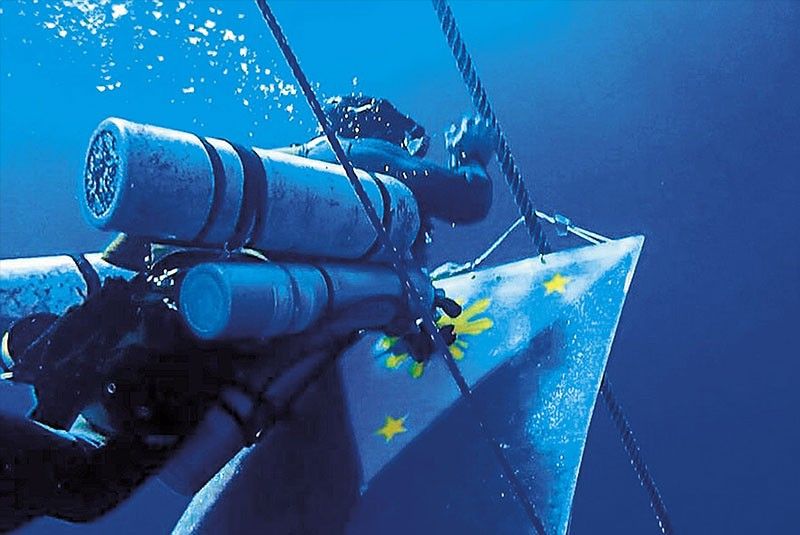
MANILA, Philippines — The government's recent protest over China's naming of five features in Philippines-controlled underwater region Benham Rise came too late after years of inaction.
President Rodrigo Duterte is set to sail this week in hopes of making a statement that the Philippines "owns" the underwater ridge, now called Philippine Rise. The gesture, however, comes after an international body confirmed Chinese names for features in the Philippines' maritime backyard.
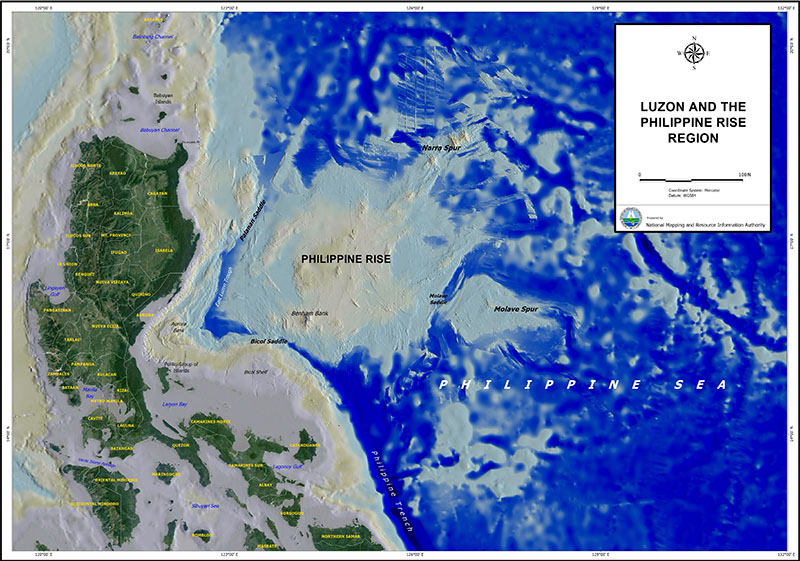
A NAMRIA map showing undersea region Benham Rise, which was recently renamed Philippine Rise.
In a letter to an overseas office of the Department of Foreign Affairs on March 6, 2018 seen by Philstar.com, the International Hydrographic Organization refused to reverse the approval of Chinese proposals to name undersea features Haidongqing Seamount, Jinghao Seamount, Tianbao Seamount, Jujiu Seamounts and Cuiqiao Hill.
The letter was in response to the Philippine delegation to UNESCO's request dated February 28, 2018 to nullify the names. The Philippines argued that it had jurisdiction over the features under the United Nations Convention on the Law of the Sea, or UNCLOS.
The country also argued that China conducted an underwater survey in Benham Rise in 2004 that led to the naming of the features without the Philippines' consent.
Hans Werner Schenke, chair of the IHO's Sub-committee on Undersea Feature Names or SCUFN, was quick to point out that UNCLOS has "legally no explicit effect with regard to the naming of undersea features in EEZs."
China's proposals followed all guidelines and rules of his office, Schenke explained. To grant the Philippines' request after the names have been adopted would give precedence to other possible revisions based on different interpretations.
Even if one country's naming of features in other countries' EEZs does not signify its rights over them, the Philippines lost the chance to make more relevant parts of its own maritime domain.
A fruitless attempt and an off chance
Maritime law expert Jay Batongbacal was the first to reveal China's plan to name five features in Benham earlier this year. He was technical advisor when the Philippines petitioned a UN-backed body in 2009 to grant an extension of its continental shelf in the Benham Rise region. The country was granted the award in 2012.
Batongbacal already warned that a complaint against Beijing's move would possibly be futile since the naming process had already concluded.
"It may be a bit embarrassing that we are too late the hero and we are objecting all of a sudden... it's going to be awkward and in a way, already out of order," Batongbacal told radio dzMM in February.
He was right. In the response to the DFA office in March, IHO subcommittee chair Schenke noted the peculiarity of the Philippines' request.
While there were past submissions which affected features within other countries' EEZs, "this is the first time ever that the SCUFN received this sort of objection of a country which claims authority about the affected EEZ," Schenke wrote.
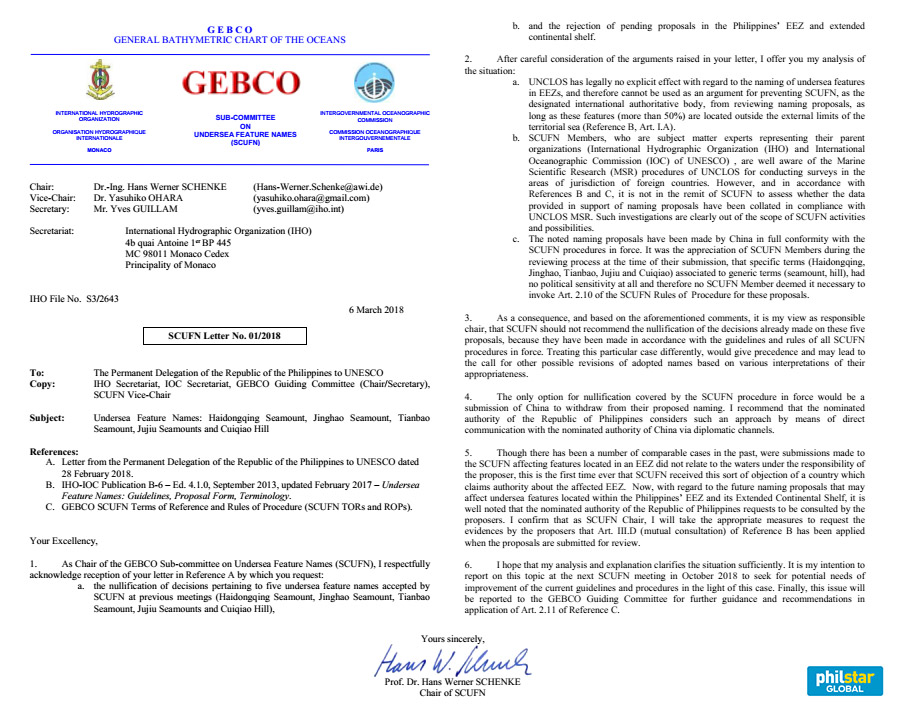
Composite image of the response of the International Hydrographic Organization's Sub-committee on Undersea Feature Names to the Philippines' request dated Feb. 28, 2018 to nullify Chinese names of five features in Benham Rise. IHO docs via Philstar.com
Another reason the DFA gave cited the subcommittee's past rejections of naming proposals. It argued that the Chinese naming of the seamounts was "politically sensitive... given the complex geo-political situation," referring to the longstanding dispute between Manila and Beijing over the South China Sea.
This reasoning was also rebuffed.
For Schenke and other members of the naming authority, terms used by China had "no political sensitivity at all." Based on past documents, Haidongqing Seamount was named after a falcon symbolic to the Chinese. Jinghao Seamount and Tianbao Seamount, meanwhile, express Chinese aspirations for an ideal life and stability, respectively.
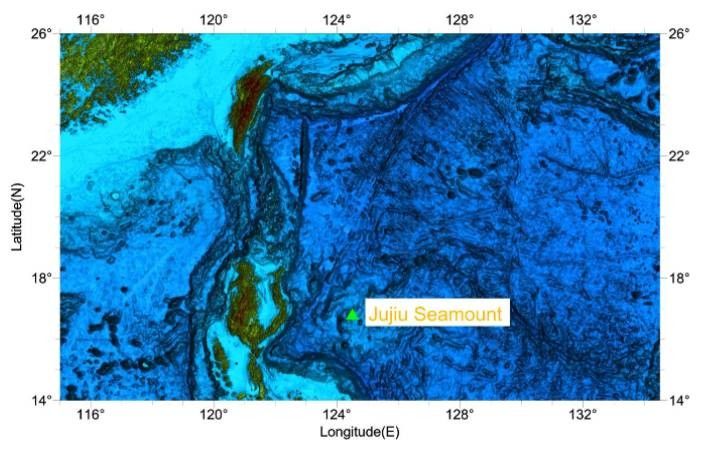
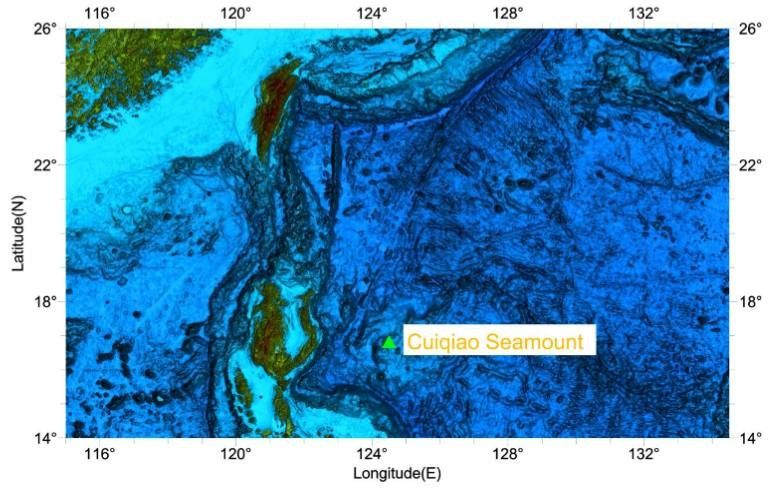
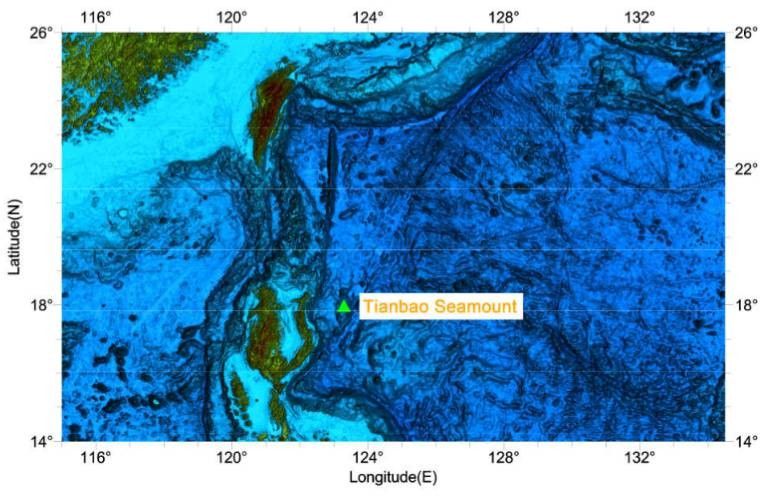
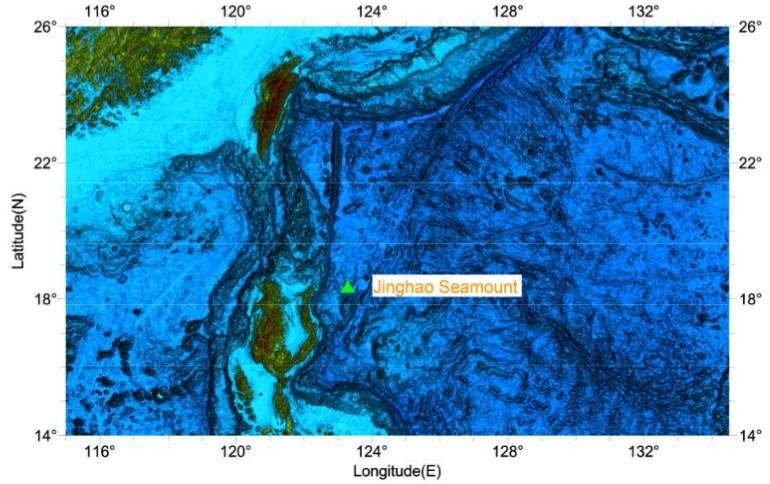
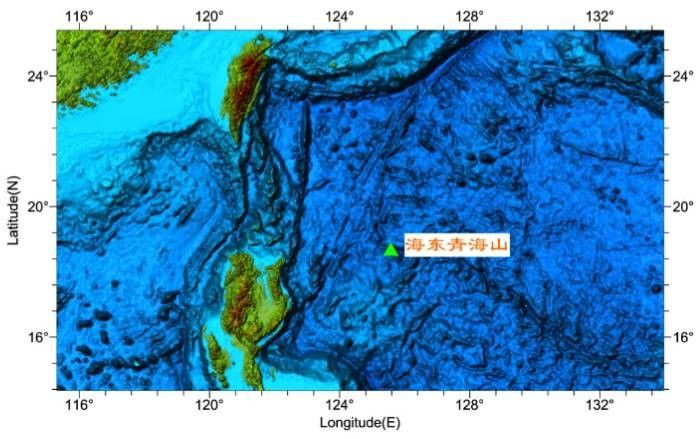
This leaves the Philippines with one remaining move to reverse the names given to features under its care.
"The only option for nullification... would be a submission of China to withdraw from their proposed naming," the subcommittee said. This entails diplomatic measures for Manila to ask Beijing to withdraw the names.
It sounds easier than in practice since the Asian giant is unlikely to pull away at the bidding of its smaller maritime rival. Earlier this year Beijing insisted that it followed the procedure in giving names to the underwater mountains.
The government sat on it
Even before the granting of the Philippines' extended continental shelf within Benham Rise in 2012, government instruments already conducted a complete bathymetric survey of Benham Rise. This measured and documented the depth and shape of the seabed.
The National Mapping and Resource Information Authority was the lead agency for such efforts, contributing significantly to an existing public databank from past surveys of the undersea region.
"Majority of the area in the Philippine Rise was covered by [our teams]," said Commodore Jacinto Cablayan, director of hydrography at NAMRIA, in a televised interview with ANC's "Future Perfect" in February.
Cablayan said that since his office had already covered the extent of Benham's bathymetry, the only surveys left to do in the area are those with scientific and economic aims.
The government then already had the data it needed about the sea plateau but from 2012 to 2017—spanning the Aquino and Duterte administrations—the Philippines failed to propose a single name before the IHO's SCUFN.
"There is no submission," Cablayan said in Filipino, admitting that his office could have made the move. "Maybe we were just a bit occupied."
"Because we do all the works, we do the maintenance of the ship, we do navigation, we do survey. Maybe we were focused on that," he told ANC.
Batongbacal, in a separate interview with the STAR in February, said state leadership "sat on the recommendations." NAMRIA, for one, already had proposals drafted to name the features after Philippines trees and birds.
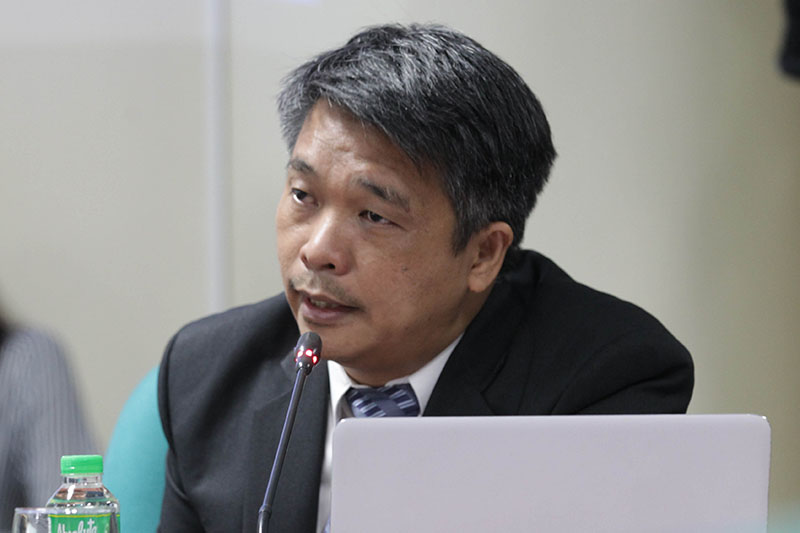
UP Institute for Maritime Affairs and Law of the Sea Director Jay Batongbacal attends the Senate Committee hearing on State of Maritime Research by Filipino Scientists and Exploration Studies on the Benham Rise and the West Philippine Sea at the Senate on Feb. 26, 2018. STAR/Geremy Pintolo, file
"The technical people knew about the naming proposals and made recommendations for action. Leadership sat on them as well, Batongbacal said.
Silver lining
China may have beaten the Philippines in christening five Benham Rise features but the complaint sent to the IHO yielded at least one seemingly inadvertent benefit.
Schenke, the chair of the IHO naming subcommittee SCUFN, offered to require consultations with the Philippines should any country wish to name features located within its EEZ and extended continental shelf in the future.
The SCUFN also vowed to report the issue at its next meeting in October to explore possible improvements to naming guidelines and procedures.
Related video:
- Latest
- Trending





























